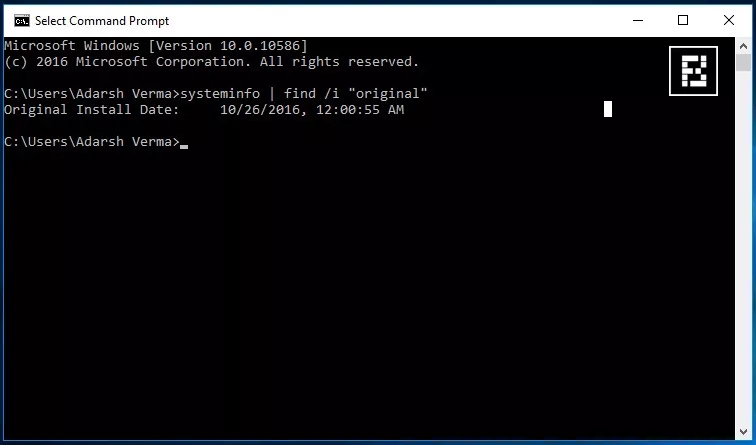Cmd In Windows Install
The in provides access to over 230 commands! The available in Windows 7 are used to automate processes, create batch files, and perform troubleshooting and diagnostic tasks. Note: Many Windows 7 Command Prompt commands are similar to classic MS-DOS commands.
Jan 11, 2015 In this video I show you how to install Windows 8/8.1 via the command line using diskpart, DISM, bootrec. Filemaker Pro Advanced 13 Download.


Design Shop V9 Pro Download there. However, the Command Prompt is not MS-DOS and the commands are not MS-DOS commands If you're interested in why a command was removed or when it was first available, you can see every command from MS-DOS through Windows 8 in our or skip the details and see it all in our one-page table. Below is a complete list of commands, sometimes called CMD commands, available from the Command Prompt in Windows 7: Command Description Append The append command can be used by programs to open files in another directory as if they were located in the current directory. The append command is not available in 64-bit versions of Windows 7. Arp The arp command is used to display or change entries in the ARP cache. Assoc The assoc command is used to display or change the file type associated with a particular. The at command is used to schedule commands and other programs to run at a specific date and time.
The attrib command is used to change the attributes of a single file or a directory. Auditpol The auditpol command is used to display or change audit policies. Bcdboot The bcdboot command is used to copy files to the system and to create a new system BCD store. Bcdedit The bcdedit command is used to view or make changes to Boot Configuration Data. Bdehdcfg The bdehdcfg command is sued to prepare a for BitLocker Drive Encryption. Bitsadmin The bitsadmin command is used to create, manage, and monitor download and upload jobs.
While the bitsadmin command is available in Windows 7, it is being phased out. The BITS PowerShell cmdlets should be used instead. Bootcfg The bootcfg command is used to build, modify, or view the contents of the boot.ini file, a that is used to identify in what folder, on which partition, and on which hard drive Windows is located. Bootcfg is available in Windows 7 but it serves no real value since boot.ini is not used in these operating systems. The bcdedit command should be used instead. Bootsect The bootsect command is used to configure the to one compatible with.